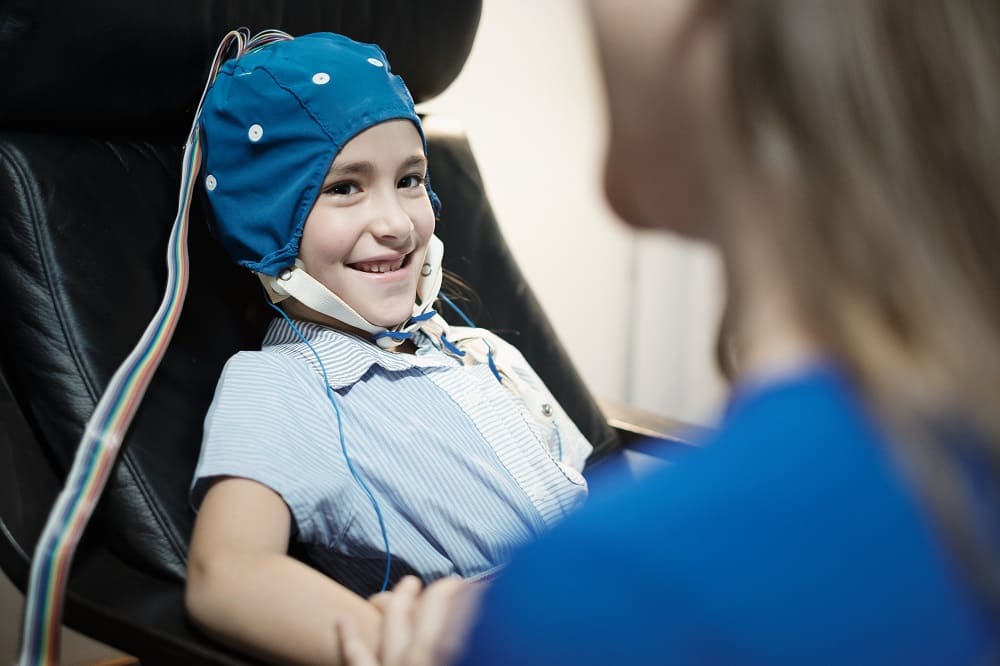Research Applications Using Professional Neurofeedback Equipment for Psychologists
Neurofeedback, a form of biofeedback that allows people to learn to regulate their brain activity, has gained significant attention recently. This non-invasive technique uses professional neurofeedback equipment to provide real-time information about brain activity, helping people to train and optimize their brain activity. While neurofeedback has been widely used in clinical settings, its applications in research have also increased among psychologists. We will explore the many ways in which professional neurofeedback equipment is used in research by psychologists.





